In Photos: Mountain Blasted for New Giant Telescope
Cerro Armazones
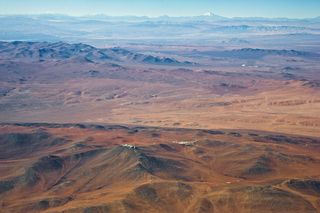
An explosion will blast off the top of the top of the 3,000-meter-high (9,842 feet) Cerro Armazones, which will be home to the European Extremely Large Telescope (E-ELT), on June 19, 2014. The Cerro Armazones can be see in the upper left corner of the image.
The domes of the four giant telescopes of the Very Large Telescope on Cerra Paranal, can be seen in the image foreground, while the snow-capped Llullaillaco volcano can be seen in the background. ESO/M. Tarenghi
The E-ELT
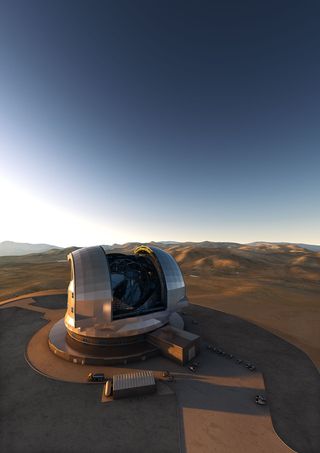
The European Extremely Large Telescope (E-ELT), shown here in an artist's impression, will reside atop Cerro Armazones in the Chilean Andes. With a 39-meter mirror the E-ELT will be the largest optical/infrared telescope in the world.
Sunset over the Atacama Desert

Sunset over the Atacama Desert, as seen from Cerro Armazones, which is located in the Chilean Andes and has been selected as the site to host the Extremely Large Telescope. The crescent moon can be seen on the right side of the panoramic view.
Panorama of Cerro Murphy

Panorama of Cerro Murphy, next to Cerro Armazones, future site of the European Extremely Large Telescope.
Dawn at Cerro Armazones
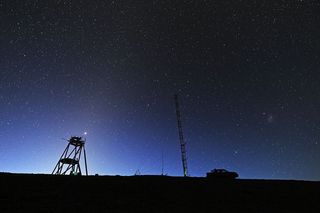
Dawn at Cerro Armazones, site of the future European Extremely Large Telescope.
Sunrise at the E-ELT
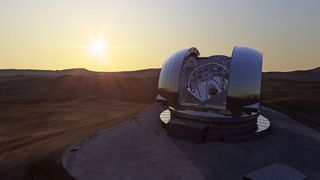
Another artist's impression of the European Extremely Large Telescope (E-ELT) on top of Cerro Armazones. The European Southern Observatory describes the telescope as being the biggest eye in the sky.
Nighttime at Cerro Armazones
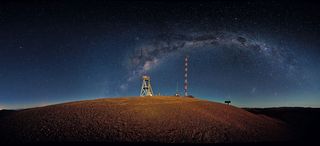
The Cerro Armazones, site of the European Extremely Large Telescope, in the Chilean Andes can be seen in this nighttime panorama. The site is near the Paranal Observatory where the Very Large Telescope, an array of four telescopes, sits.
Sign up for the Live Science daily newsletter now
Get the world’s most fascinating discoveries delivered straight to your inbox.
Barren and alien landscape
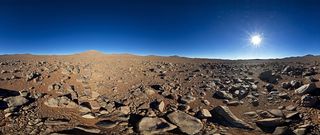
The site of the ESO's European Extremely Large Telescope, atop Chile's Cerro Armazones, looks like an alien landscape in this panorama, a harsh and dry environment during the day. In fact, the site lies within the Atacama Desert, one of the driest places on earth. These harsh conditions, along with the remoteness of the site, make the area perfect for telescopes, according to the European Southern Observatory.
A shadow at sunrise

This image, snapped on July 13, 2011, by Gianluca Lombardi, ESO photo ambassador, shows the sun rising above Chile's Atacama Desert. The photo was taken looking west from Cerro Armazones. Because the sun rose behind Gianluca in just the right spot, it cast a dark shadow of the 3,000-meter-high mountain above the vast desert landscape. Cerro Paranal, home to the Very Large Telescope, can be seen on the right of the image.
Ripples across the Chilean Sky
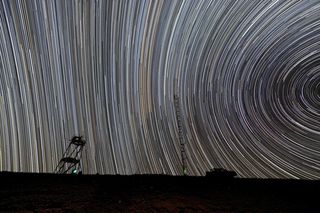
In this multiple-exposure image, the movement of individual stars becomes bright stripes, revealing the amazing night sky above Cerro Armazones, the site of the European Extremely Large Telescope. According to the ESO, the atmosphere there is extremely clear, with no light pollution due to the mountain's remote location. This image was released on May 27, 2013.
On the road to Armazones

This panoramic view shows the old dirt road leading to Cerro Armazones, the site chosen for ESO's European Extremely Large Telescope (E-ELT).










